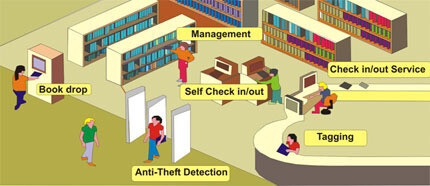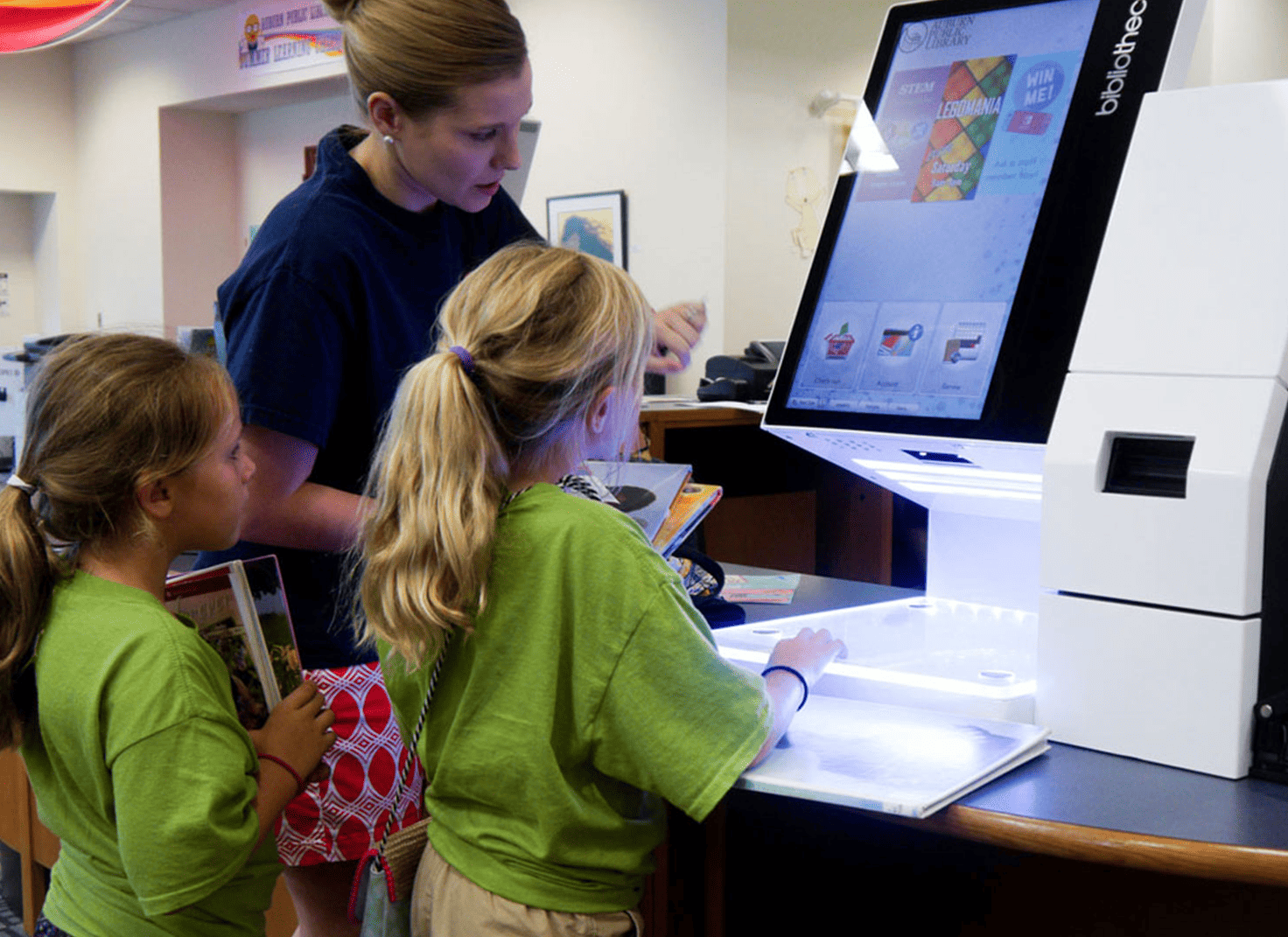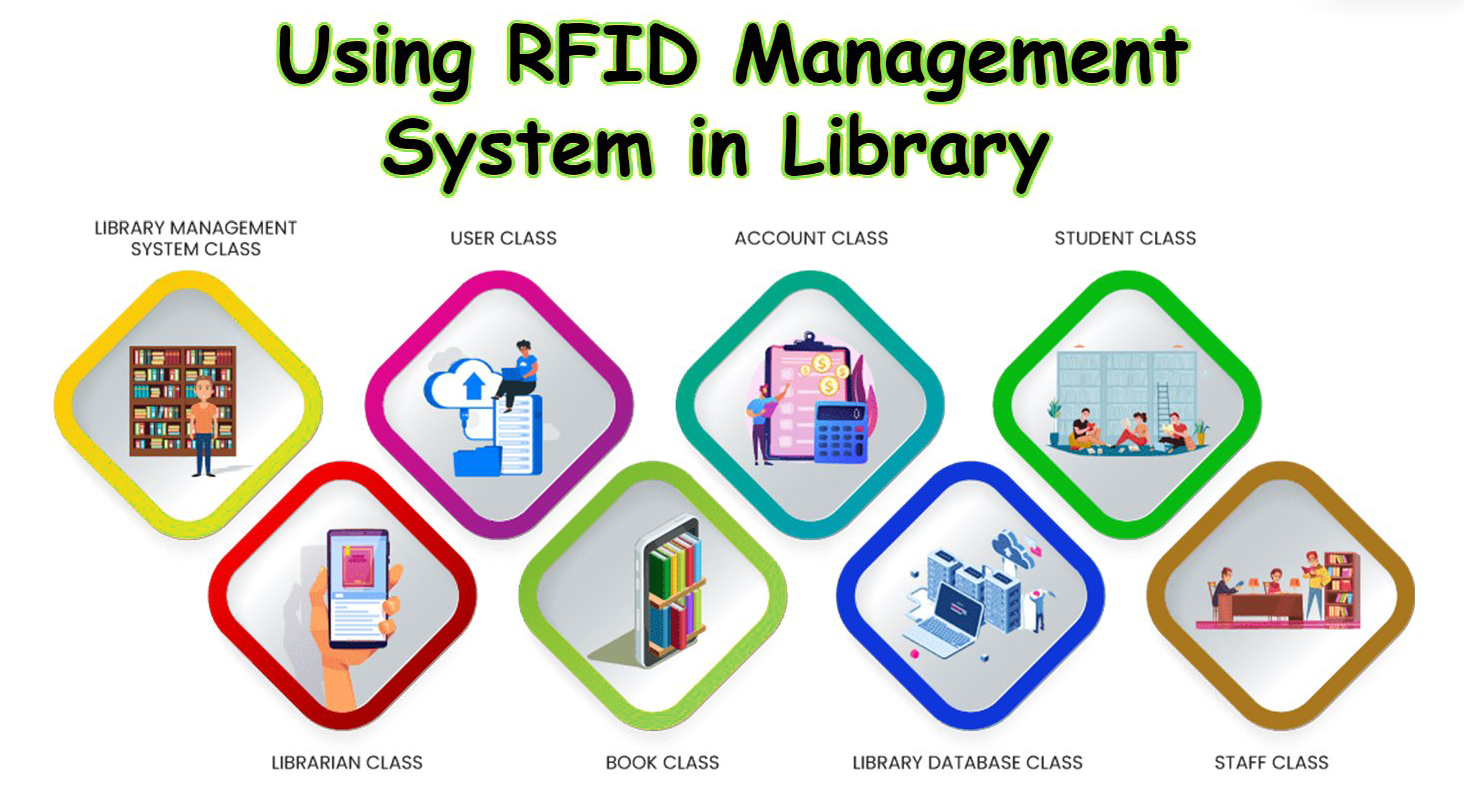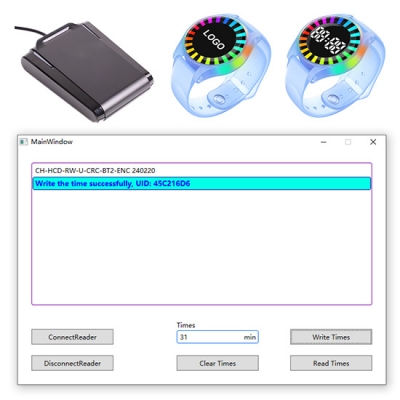How RFID Works in Libraries
Components of an RFID System
A library's RFID system consists of three main components: tags, readers, and software. RFID tags are embedded in books or other resources and store unique identifying data. Readers, placed at checkout counters or entrances, capture this data via radio waves. The software integrates with the library's management system to process and update the information in real time.For example, the "RFID Library Tag with 3M Self-Adhesive Label" is a high-quality solution that can store detailed book information. Its high-capacity chip supports contactless data reading and writing, with a read range of 0.05 to 1.2 meters, making it ideal for efficient library operations.
Frequency and Range
RFID systems in libraries typically operate at a high frequency (13.56 MHz) with a read range of up to 1 meter. This ensures accurate and fast scanning, and is immune to interference. Examples include the "13.56 MHz Library Tag", which is reliable and easily integrated with existing library infrastructure.

Advantages of RFID in Libraries
Improved Efficiency and Accuracy
RFID significantly reduces the time required for tasks such as borrowing, storage, and inventory management. A study by the University of Hong Kong found that RFID systems reduced book processing time by 40%. RFID also minimizes human error and ensures accurate data entry and tracking.Improved Security
RFID tags can be integrated with anti-theft systems, triggering an alarm if a book is removed without authorization. The "Library Management RFID Anti-Theft Tag" is an excellent solution that is standard and compatible with all UHF RFID readers. Its strip design makes it easy to attach to the seams of books, improving security and management efficiency.User Convenience
RFID-enabled self-service kiosks allow users to independently borrow and return books, reducing wait times and improving the overall user experience.Challenges and Limitations
Privacy Concerns
RFID tags can be used to track users' reading habits, raising privacy concerns. Libraries must implement strict data protection policies to address these issues. The EU's General Data Protection Regulation (GDPR) provides a framework for protecting user data.Technical Limitations
RFID systems can face challenges in metallic or liquid environments, as metal or liquid interferes with radio waves. Libraries must carefully plan tag placement and reader location to mitigate these issues.

Case Study: RFID Applications
National Library of Singapore
The National Library of Singapore implemented RFID technology in 2015, which has reduced checkout times by 30% and increased inventory accuracy by 20%. The system also enabled the library to introduce self-service kiosks, enhancing the user experience.
Hong Kong University Library
The University of Hong Kong implemented RFID technology in 2018, which has reduced book processing time by 40% and staff workload by 15%. The system also improved security and reduced theft by 35%.New York Public Library
The New York Public Library integrated RFID technology in 2020, which has reduced theft by 50% and increased user satisfaction by 25%. The library also reported significant improvements in inventory management and resource allocation.Future Trends in Library RFID
Integration with AI and IoT
RFID systems are increasingly integrated with AI and IoT technologies to enable predictive analytics and intelligent resource management. For example, AI can analyze borrowing patterns to optimize book placement and staffing.
Sustainable RFID Solutions
Manufacturers are developing environmentally friendly RFID tags made from biodegradable materials. These tags maintain performance while reducing environmental impact, which aligns with libraries' sustainability goals.Enhanced User Analytics
RFID systems can provide detailed insights into user behavior, helping libraries tailor services to community needs. For example, data on popular categories can guide collection development and event planning.
















